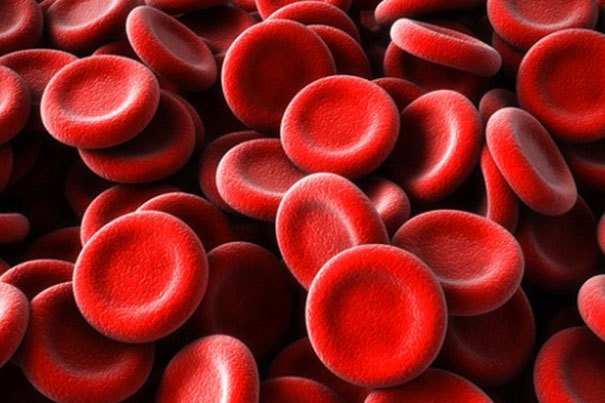Iron deficiency is the largest nutritional deficiency globally[1]. In the U.S it affects between 1-5% of men, depending on age, and as much as 11% of premenopausal women[2]. Athletes, particularly endurance athletes, are also more prone to this deficiency. To get an idea of why this is, let’s look at what iron does.
Enzymes are the proteins our bodies use to produce chemical reactions. Iron is required by many of those enzymes in order to function properly. So to look at the purpose of iron, let’s look at the enzymes it helps. You will notice that in a large part, these enzymes interact with oxygen, and iron is necessary because of its ability to react with oxygen (which is also why iron rusts).
The Major Roles of Iron in the Human Body
Hemoglobin is the human body’s largest use of iron. Hemoglobin is present in our red blood cells where it acts as a carrier for oxygen. It transports oxygen from our lungs out to all of the cells in our bodies. Without iron, hemoglobin would not be able to bind oxygen.

Although all of our cells need oxygen, our muscle cells and neurons need especially large amounts of it. To help meet that need, these cells contain myoglobin and neuroglobin, respectively. Here again, iron allows myoglobin and neuroglobin to bind oxygen so that our muscles and brain can keep larger stores of it.
Iron is also necessary for a family of enzymes called cytochromes, which allow our cells to extract energy from our food. Just like combustion engines burn hydrocarbons (gasoline), our cells burn hydrocarbons (sugars and fats). Both of these processes require oxygen for the chemical reactions to take place. Without iron assisting cytochromes, our cells would shut down.
Iron plays an essential part in protecting our cells from free radicals. You may be familiar with antioxidants being important to fight free radicals; iron is used by many enzymes that act as antioxidants by destroying free radicals. One interesting reversal of this role is in immune cells. Some immune cells produce free radicals to destroy bacteria. In this case, iron is a cofactor for enzymes that produce free radicals.
One final use of iron is by enzymes that repair damaged DNA and synthesize new DNA. These enzymes are critical in preventing cancer and allowing for new cell growth.
What Happens When We Lack the Iron We Need
Knowing how iron is used by the body, it is unsurprising that the most common symptoms of iron deficiency are tiredness and lethargy[3]. Our muscles and brain need high amounts of oxygen, so iron deficiency causes us to feel physically and mentally tired. Athletes need more iron because their blood contains more hemoglobin and increased muscle mass requires more myoglobin.
Research has also shown iron deficiency inhibits the healing process. This makes sense as iron is crucial to metabolism and DNA synthesis- both of which need to be increased when generating new tissue to heal a wound[4].
Iron in Our Diet

Iron is not a nutrient that our bodies can synthesize, so it is essential that we include it in our diets. Here are foods that provide high levels of iron:
- Red meat
- Fish
- Dairy
- Dark Chocolate
- Shellfish
- Spinach
- Broccoli
- Quinoa
- Beans
Iron is a popular supplement for people needing more iron including women, athletes, pregnant and new moms, and those recovering from surgery. Also, key sources of iron like red meat are often absent in common diets like anti-inflammatory diets, vegan, and vegetarian diets. These and other restrictive diets increase the importance of proper iron supplementation.
With nutrients such as turmeric, bioperine and glutamine, MEND Repair Recover was designed to reduce low level inflammation and optimize healing.
[1] Iron
[2] Iron metabolism and iron supplementation in cancer patients
[3] Nutritional iron deficiency
[4] The role of iron in the skin and cutaneous wound healing



